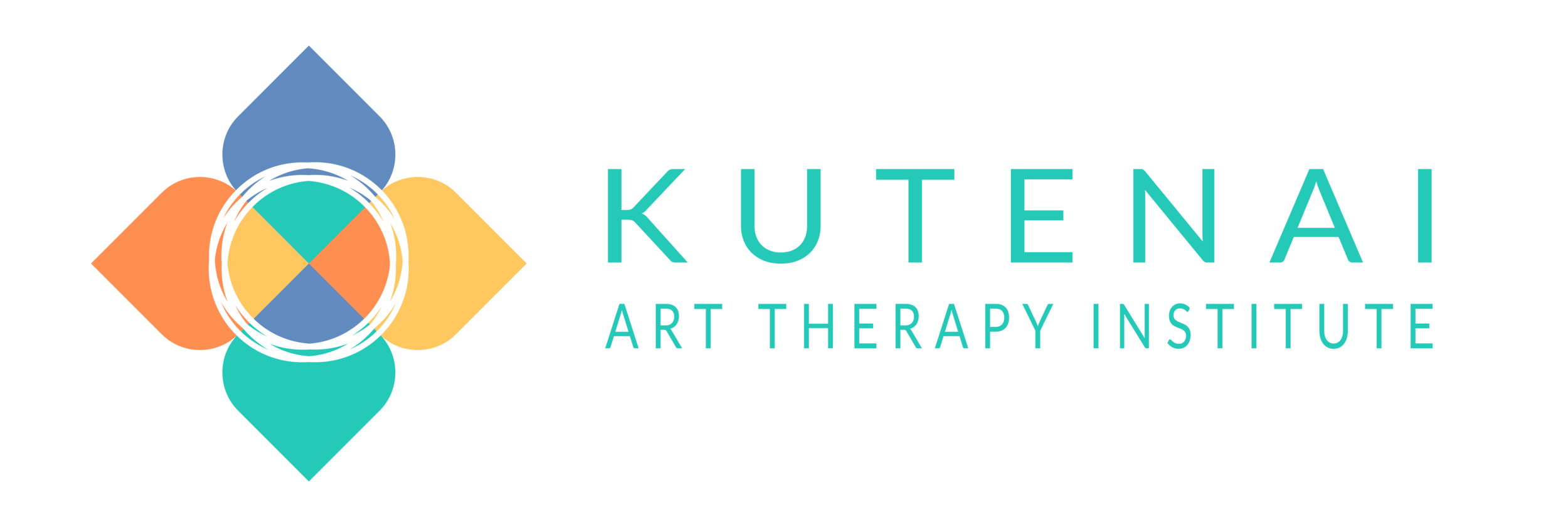The Shapeshifting Fish: Art Therapy and Occupational Therapy
I have created this book with the intention of educating, informing, inspiring, and providing a practical tool guide for professional art therapists and art therapy students who are considering collaborative and interdisciplinary or multidisciplinary client work with occupational therapists. In addition, it is accessible to occupational therapists, occupational therapist assistants, OT & OTA students, educators, anyone in related helping professions and those with interest in the topic. I have always been an advocate for people with diverse abilities because many people are affected by both physical and cognitive impairments as well as limitations which affect their everyday life. Having had previous experience in the neurological rehabilitation setting from both the occupational therapy and physiotherapy lens, I offer a unique perspective and fresh approach to art therapy bridging the gap between both therapeutic fields.
My intention is to introduce and define some key terms relevant to the topic of occupational therapy and rehabilitation. I will discuss the physical, cognitive, and psychosocial impact of a neurological/clinical condition on an individual as well as the benefits of collaborating with other professionals. I will then explore client challenges, needs, and goals, highlighting the three main shared client goals of both occupational therapy (OT) and art therapy (AT) as well as elaborate on some theories of Neurobiologically-informed art therapy. Lastly, I will present five practical art therapy activity ideas that aim to meet both OT and AT goals. Each art therapy prompt will highlight the intention, benefits, precautions, and compensatory modifications for clients with mobility challenges and physical limitations. These art therapy activity ideas may be used by art therapy clinicians as well as art therapy students who find themselves working alongside OTs or with the neurological population.
Recognition: I recognize that art therapy is a field on its own and I recognize that occupational therapy is a field of its own, each of which holds its own professional standards and practices. I recognize that both fields can support and enhance each other in a multidisciplinary approach and personal healing can be amplified through a multidisciplinary method.
